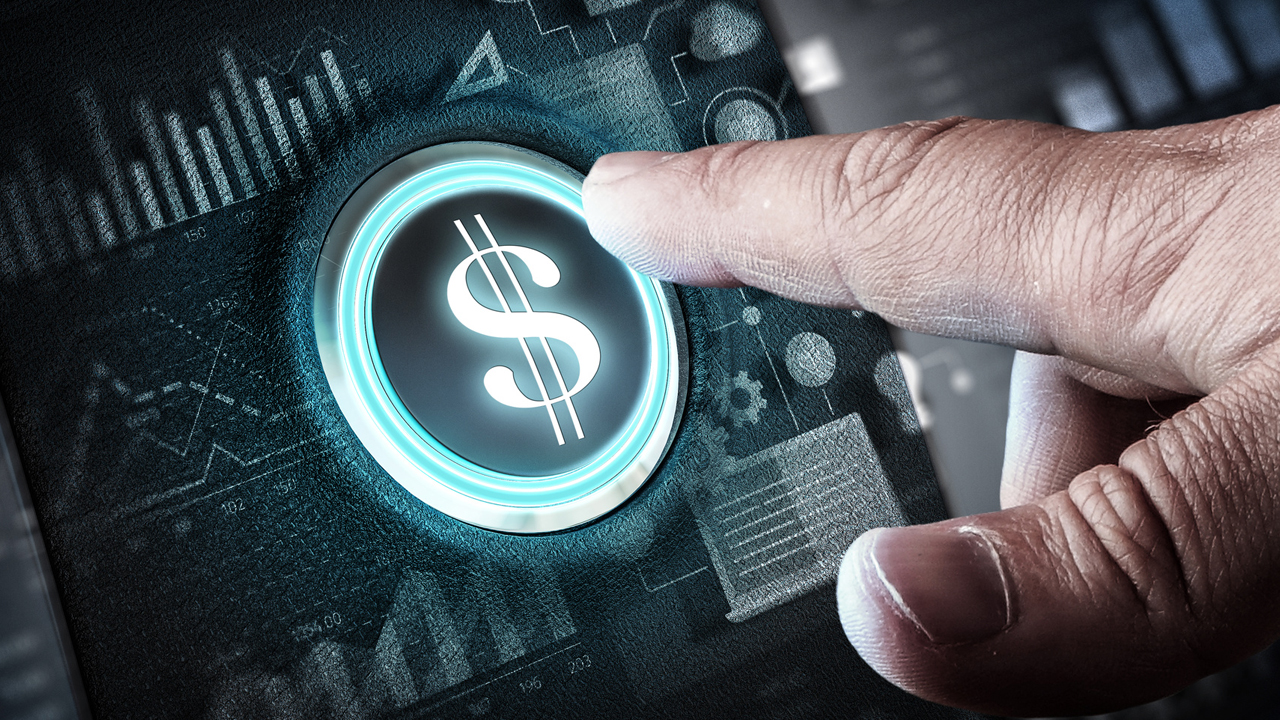The Customer Effect
How banks and startups are reaching the poorest Americans
- For those who earn the least, managing one’s finances can be prohibitively expensive.
- But banks still have a challenging time reaching that segment.








